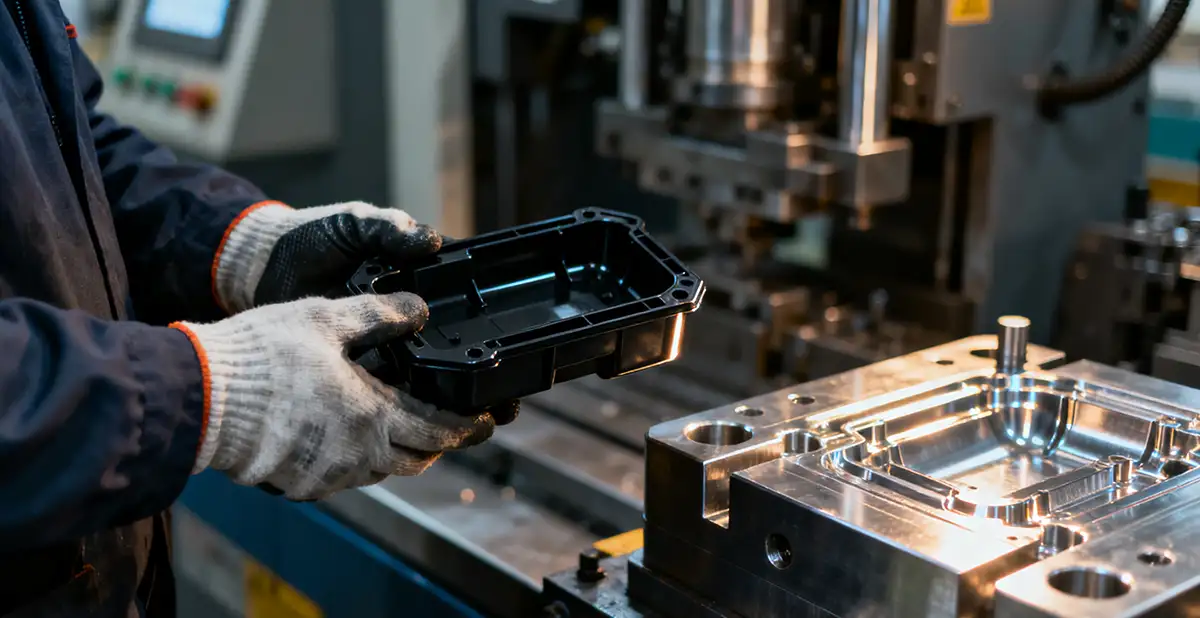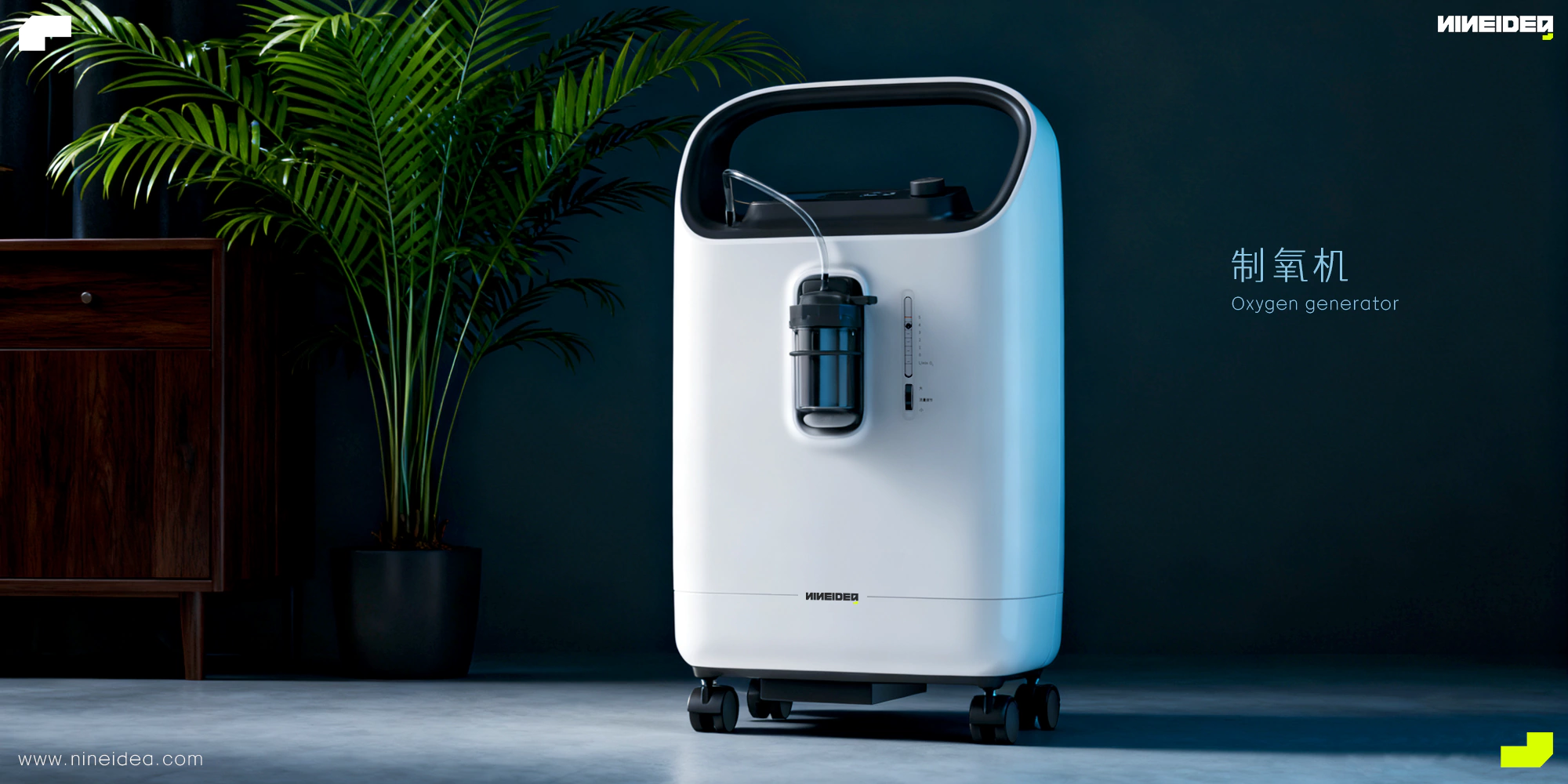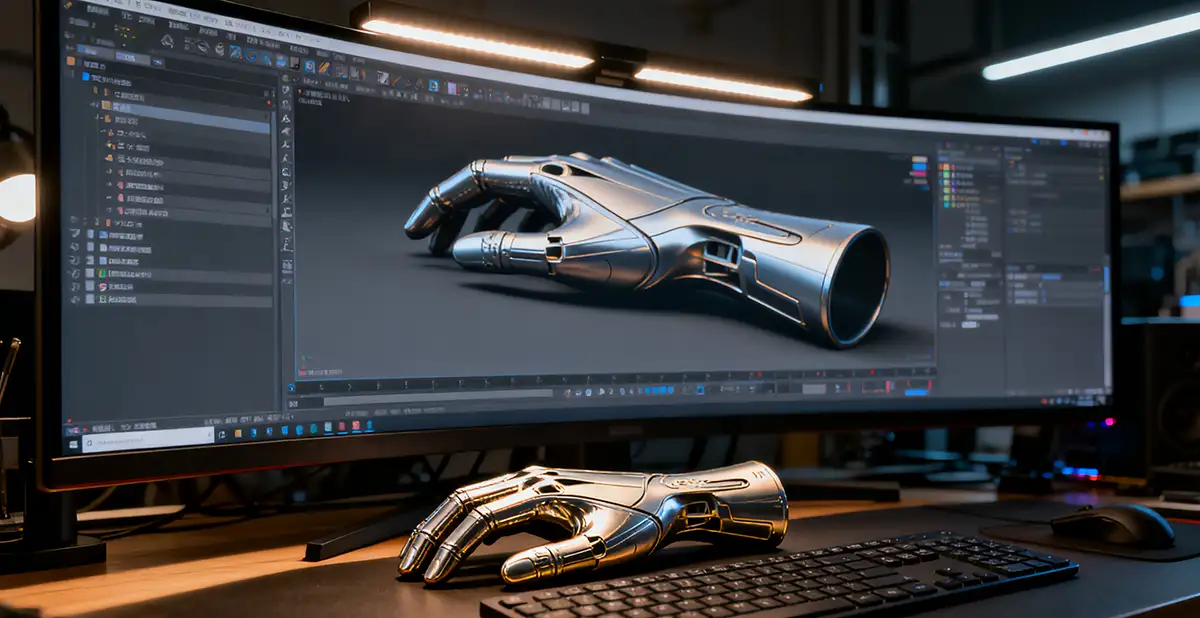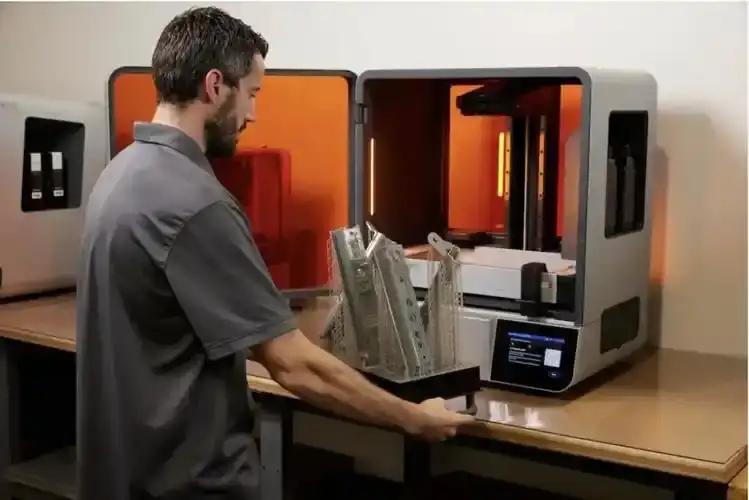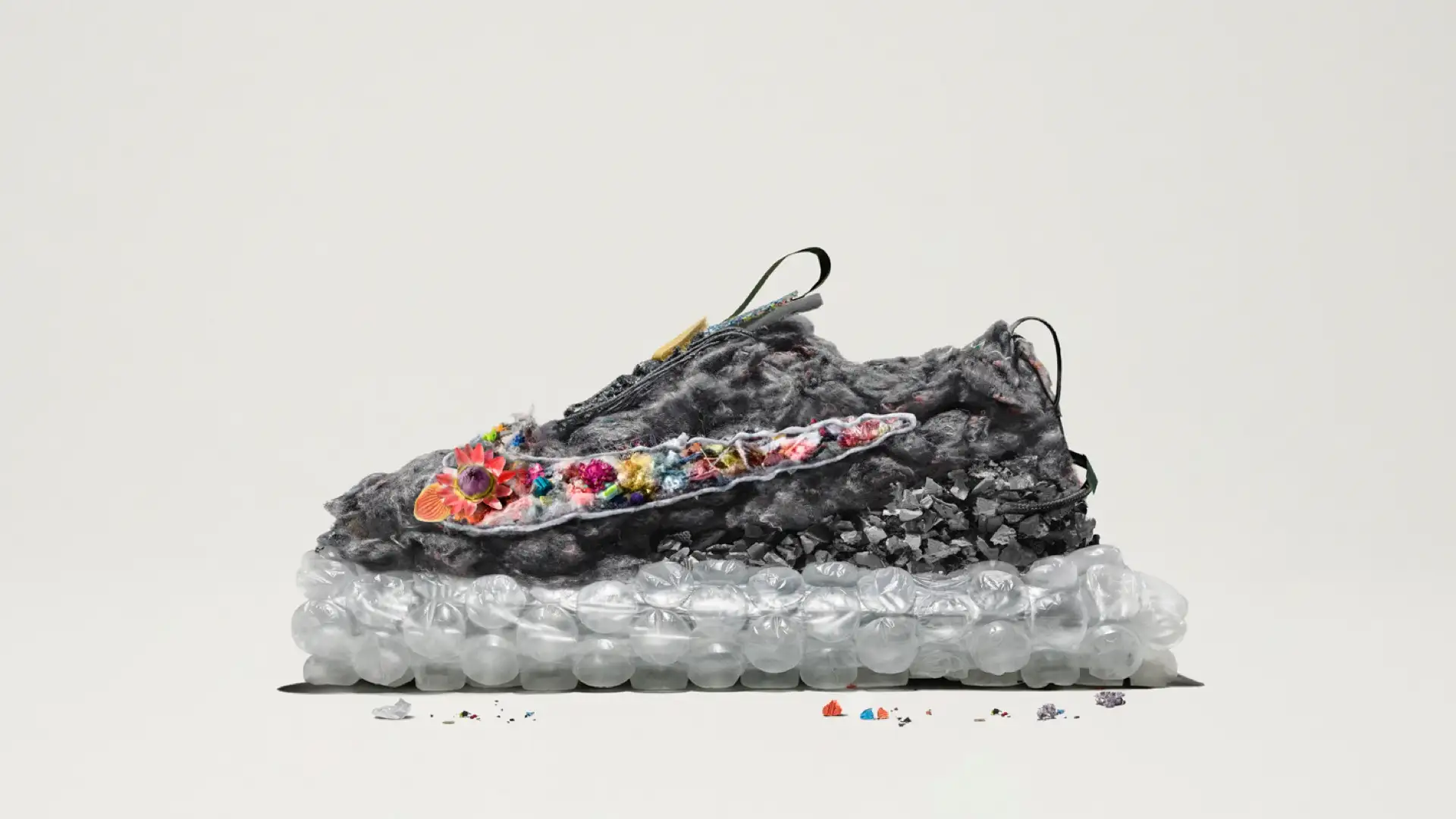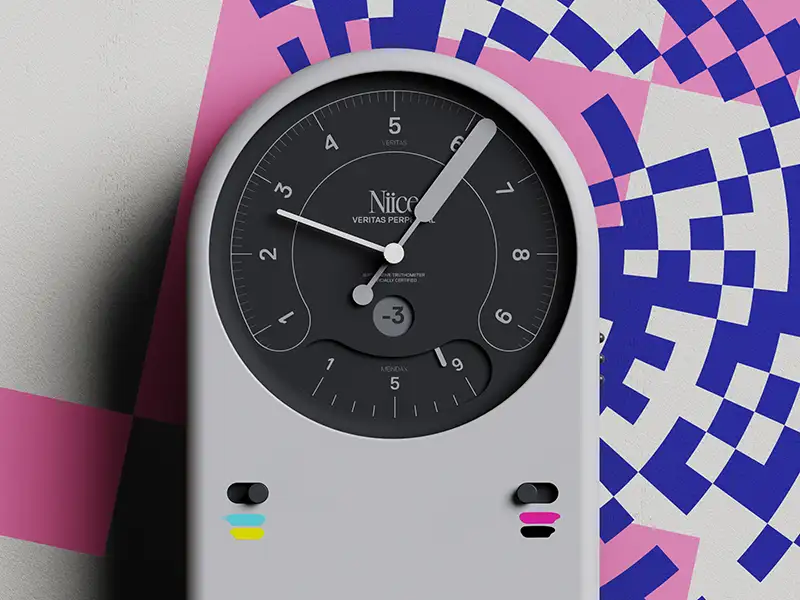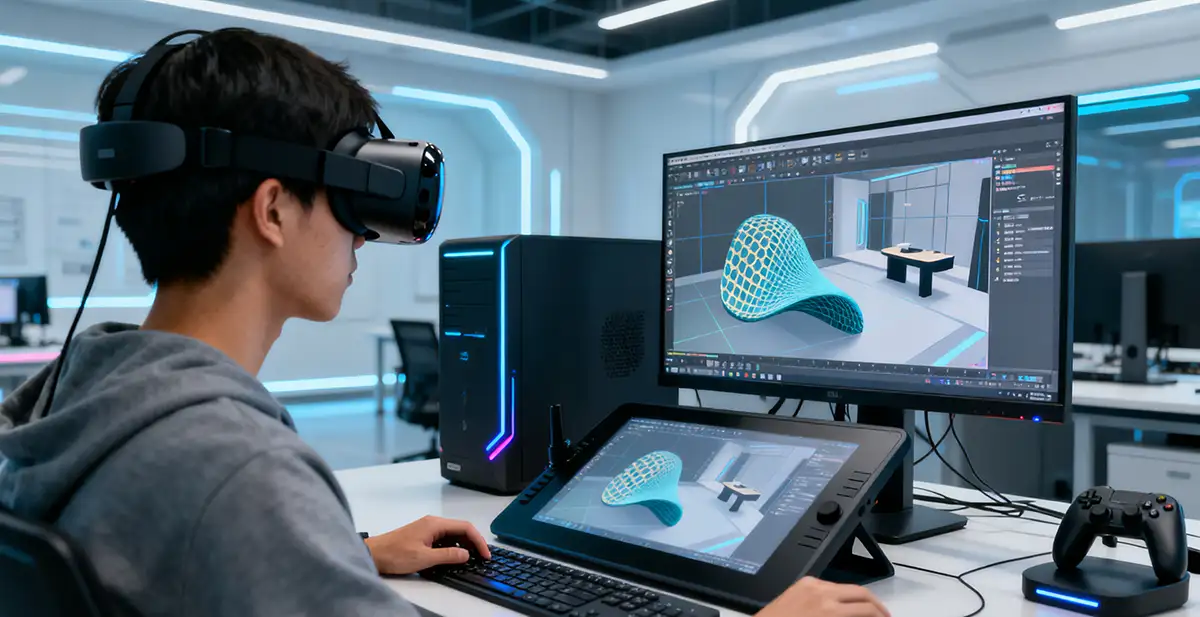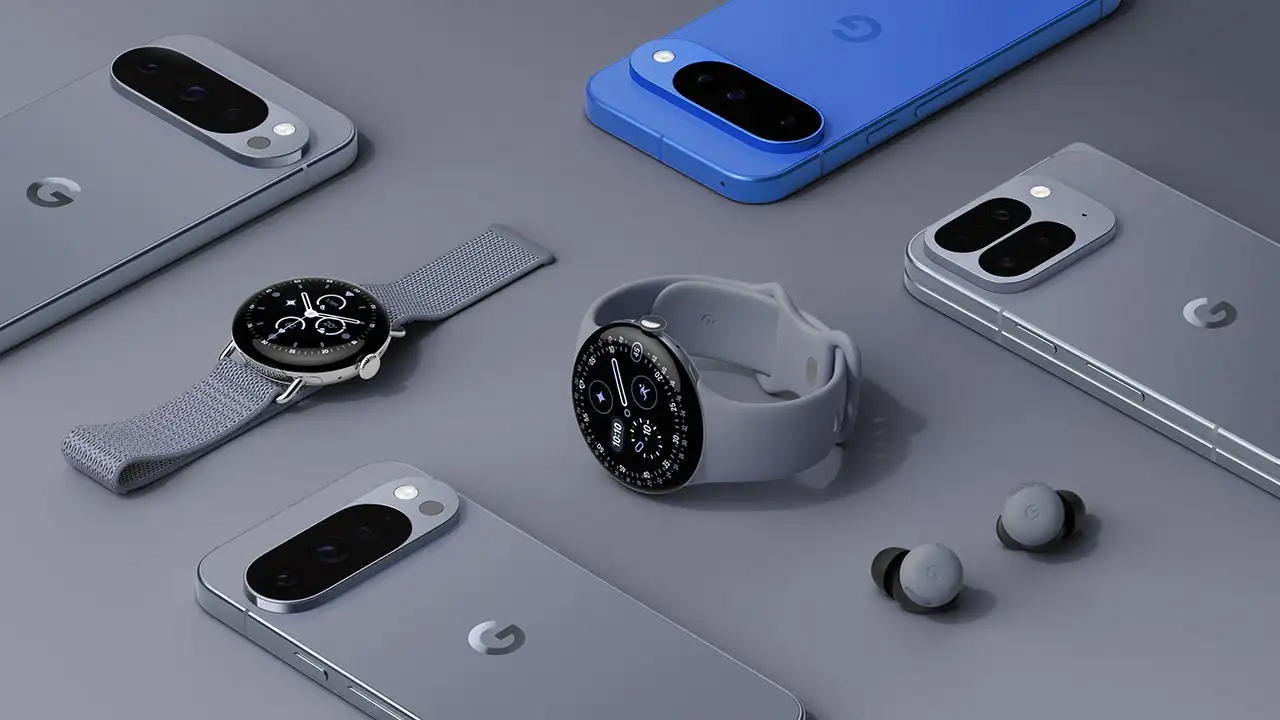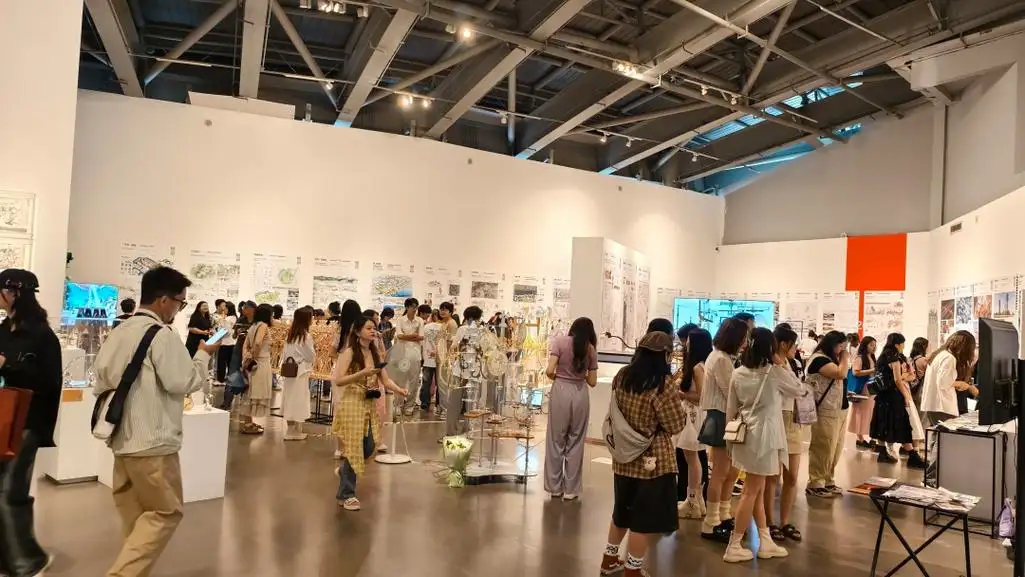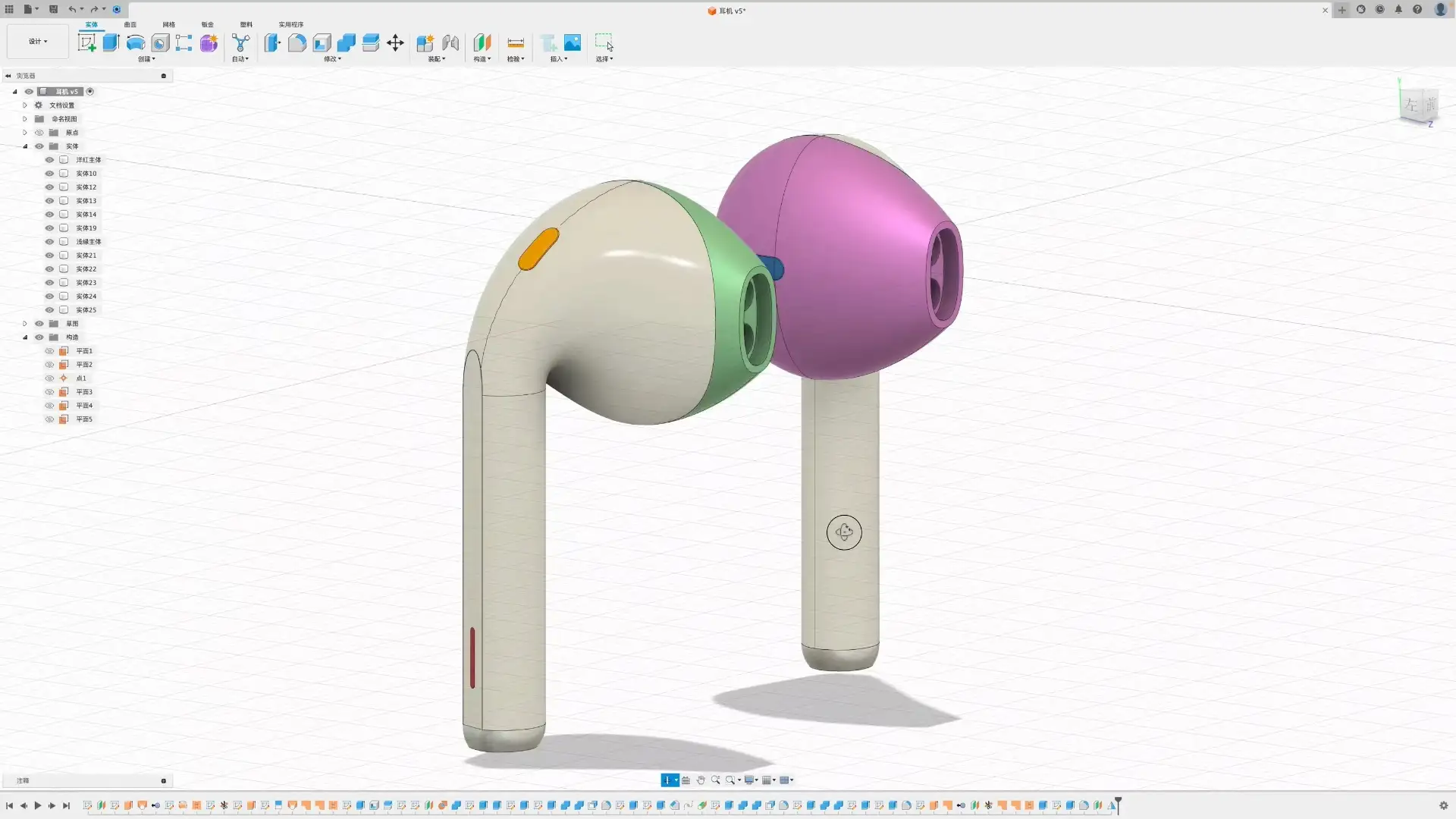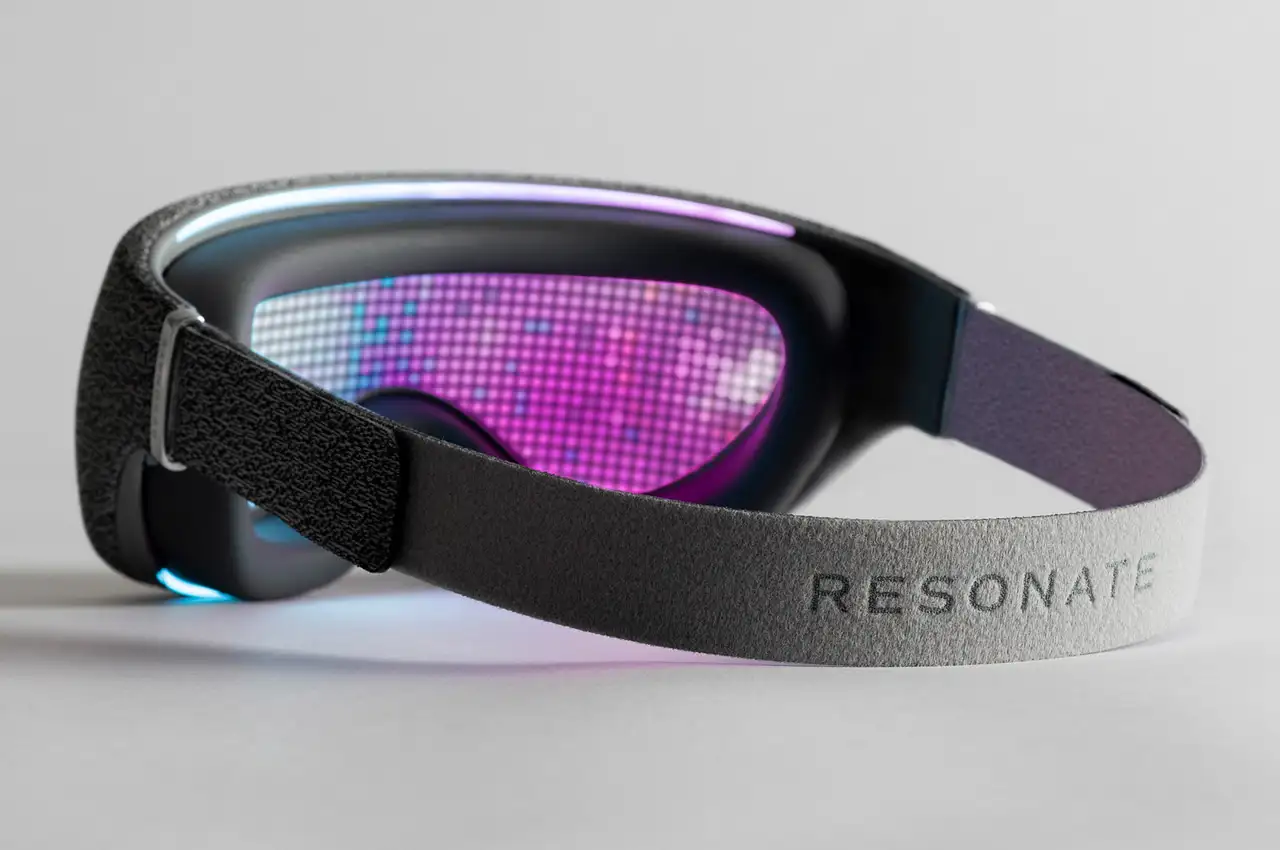NINEIDEA:在华强北嘈杂的电子市场背后,在宝安区轰鸣的模具工厂楼上,一场静默的创新革命正在进行。这里没有硅谷式的光环,没有百年品牌的厚重历史,却有着全球最快的产品迭代速度——一款新品从概念到量产,深圳只需要加州十分之一的时间。从“山寨之城”到“设计之都”,看看什么才是深圳工业设计创新密码。
创新的土壤:为什么是深圳?
深圳工业设计的核心竞争力不在于某个大师或某个知名设计机构,而在于它独特的“创新生态系统”。这个系统由四个关键层构成:
第一层:供应链的“毛细血管网”
深圳拥有全球最密集的电子元器件供应链体系。在南山科技园半径20公里内,你可以找到从芯片编程、电路板打样到模具开模的所有环节。这种密度让“设计-打样-测试”的循环从数周缩短到数天,甚至数小时。
案例洞察:一款智能音箱的声学调试,设计师上午修改结构设计,下午就能拿到3D打印的实体模型进行测试,当晚调整电路方案,次日清晨新的样板已经就绪。
第二层:跨界融合的“混沌能量”
深圳设计公司很少单纯地“做设计”。他们往往是技术整合者、生产管理者和市场策略者的混合体。在这里,工业设计师需要懂电路知识,了解材料工艺,甚至要参与定义产品功能。
现象观察:大疆的创新不是从外观设计开始,而是从飞控算法与硬件结构的深度耦合中诞生。这种“技术+设计”的双螺旋模式,成为深圳产品创新的典型路径。
第三层:全球视野的“反向创新”
深圳设计早已超越“模仿借鉴”阶段,形成了独特的“全球需求-深圳研发-世界市场”创新流。许多针对欧美市场的产品,其创新概念首先在深圳形成,再反向输出到发达国家。
典型范例:Anker充电设备通过精准的用户体验设计,解决了多设备充电的痛点,成为亚马逊上的现象级产品,其设计理念后来被国际大厂效仿。
第四层:务实美学的“设计哲学”
深圳工业设计形成了独特的“务实美学”——不追求形式上的极简或夸张,而是追求“恰到好处的创新”。这种美学体现在:每一个设计细节都必须有功能或体验上的理由,没有任何“为设计而设计”的多余元素。
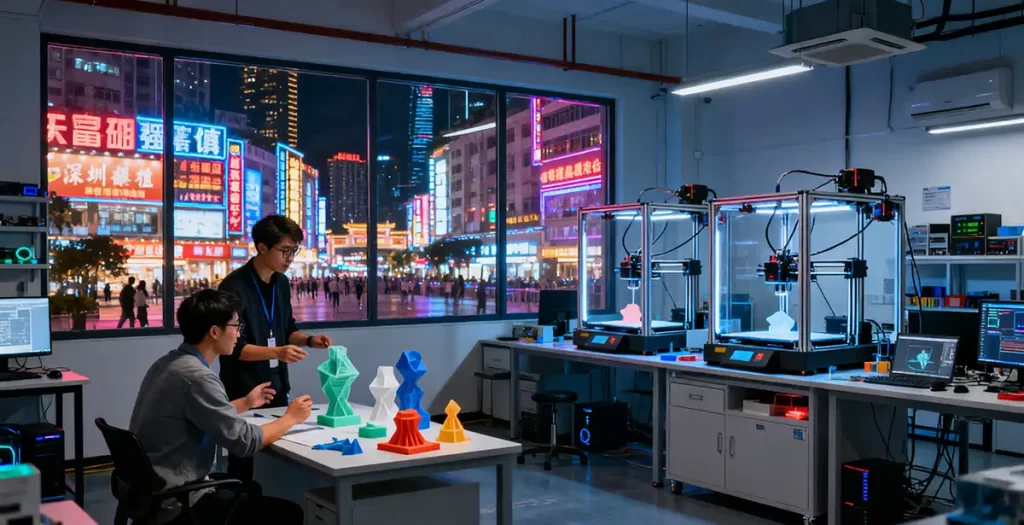
创新密码:深圳设计的五个核心算法
- 用户洞察的“显微镜模式”
深圳设计团队对用户需求的颗粒度达到惊人程度。针对东南亚市场的手持风扇,不仅考虑高温下的续航时间,还专门设计防汗渍涂层和防灰尘结构,这些细节来自对用户使用场景的深度观察。 - 技术应用的“乐高思维”
深圳设计师擅长将现有技术进行创造性组合。如将电子烟的气流传感技术与医疗设备的微雾化技术结合,创造出全新的雾化美容仪产品品类。 - 成本控制的“魔法方程式”
在保证品质的前提下,深圳设计能在看似不可能的成本约束下找到创新方案。一款零售价99美元的智能手表,通过结构创新将零部件数量减少30%,同时提高了防水性能。 - 迭代速度的“时间压缩”
利用本地供应链优势,深圳团队可以在一周内完成3次完整的产品迭代,这种速度让国际竞争对手难以跟进。 - 生产思维的“设计预埋”
设计师从概念阶段就考虑生产工艺,确保创新设计能够高效量产。这种“可制造的设计”理念减少了产品开发到大规模生产的摩擦。
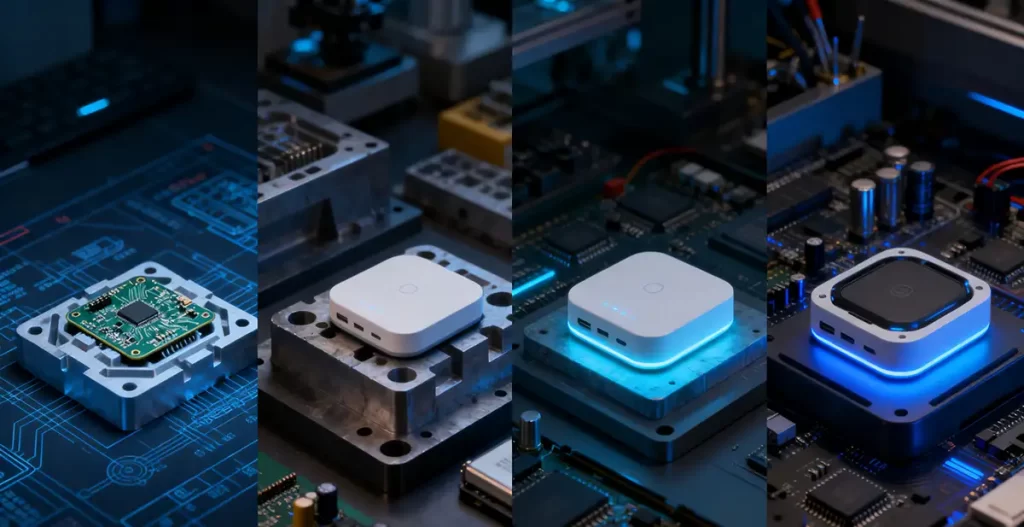
未来挑战:深圳设计的下一程
随着人力成本上升和国际竞争加剧,深圳工业设计面临转型压力。未来的突破方向可能在于:
- 深度科技融合:将AI、新材料等前沿科技更快地转化为消费产品
- 体验创新:从硬件设计转向软硬件结合的系统体验设计
- 可持续设计:在全生命周期中考虑环保和可循环性
- 文化表达:将中国文化元素转化为现代设计语言,而不仅仅是符号应用
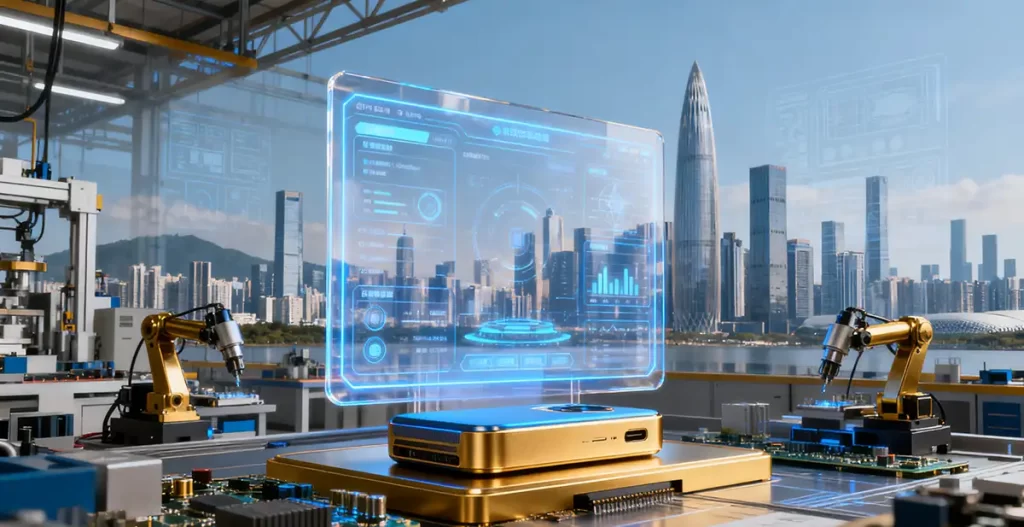
深圳工业设计:创新的本质
深圳工业设计的真正密码,不在于某个具体的方法或技术,而在于其独特的创新生态和务实精神。这里没有太多纸上谈兵的概念创造,而是无数设计师、工程师和产品经理在生产线、实验室和用户场景中,通过持续试错、快速迭代形成的创新方法论。
这种创新不是实验室里的完美样本,而是市场上真正具有竞争力的产品。正如一位深圳设计师所说:“我们的设计不是要登上博物馆的展台,而是要进入千万用户的生活,每天被使用、被验证、被需要。”
@NINEIDEA九号创新 www.nineidea.com
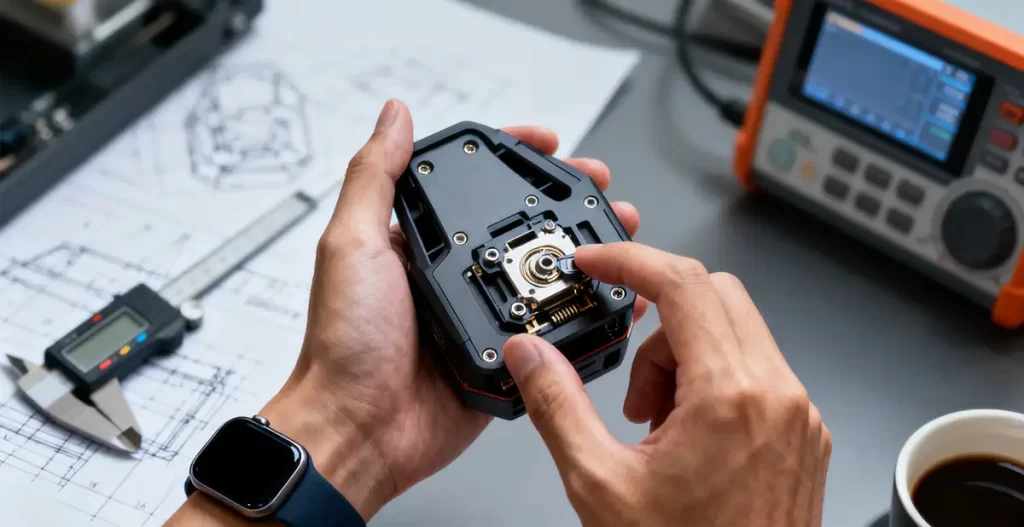
From the ‘City of Shanzhai’ to the ‘City of Design’: Shenzhen’s Industrial Design Innovation Password
NINEIDEA: Behind the noisy electronic market in Huaqiang North and the roaring mold factory building in Bao’an District, a silent innovation revolution is under way. There is no Silicon Valley style halo or century old brand history here, but it has the fastest product iteration speed in the world – a new product takes only one tenth of the time from concept to mass production in Shenzhen, California. From the “City of Shanzhai” to the “City of Design”, let’s see what is the password for industrial design innovation in Shenzhen.
Innovation Soil: Why Shenzhen?
The core competitiveness of Shenzhen’s industrial design lies not in any master or well-known design institution, but in its unique “innovation ecosystem”. This system consists of four key layers:
The first layer: the “capillary network” of the supply chain
Shenzhen has the world’s most dense electronic component supply chain system. Within a radius of 20 kilometers in Nanshan Science and Technology Park, you can find all the links from chip programming, circuit board sampling to mold making. This density shortens the cycle of “design sample test” from weeks to days, or even hours.
Case insight: Acoustic debugging of an intelligent speaker. The designer modifies the structural design in the morning and can obtain a 3D printed physical model for testing in the afternoon. The circuit scheme is adjusted that night, and the new prototype is ready the next morning.
Second layer: Cross border fusion of ‘chaotic energy’
Shenzhen design companies rarely simply “do design”. They are often a mixture of technology integrators, production managers, and market strategists. Here, industrial designers need to have knowledge of circuits, understand material processes, and even participate in defining product functions.
Phenomenon observation: DJI’s innovation did not start with exterior design, but was born from the deep coupling between flight control algorithms and hardware structures. This “technology+design” double helix model has become a typical path for product innovation in Shenzhen.
The third layer: “reverse innovation” with a global perspective
Shenzhen design has already surpassed the stage of “imitation and reference”, forming a unique innovation flow of “global demand Shenzhen research and development world market”. Many products targeting the European and American markets have their innovative concepts first formed in Shenzhen and then exported to developed countries in reverse.
Typical example: Anker charging equipment solves the pain points of multi device charging through precise user experience design, becoming a phenomenal product on Amazon. Its design concept was later imitated by international giants.
The fourth layer: the “design philosophy” of pragmatic aesthetics
Shenzhen’s industrial design has formed a unique “pragmatic aesthetics” – not pursuing minimalism or exaggeration in form, but pursuing “just right innovation”. This aesthetic is reflected in the fact that every design detail must have a functional or experiential reason, without any unnecessary elements of “designing for the sake of design”.
Innovation Password: Five Core Algorithms Designed in Shenzhen
- The ‘Microscope Mode’ of User Insight
The Shenzhen design team has achieved an astonishing level of granularity in meeting user needs. For handheld fans in the Southeast Asian market, not only does it consider the battery life under high temperatures, but it is also specially designed with anti sweat coating and anti dust structure. These details come from in-depth observation of user usage scenarios. - The ‘LEGO Thinking’ of Technology Application
Shenzhen designers excel at creatively combining existing technologies. By combining the airflow sensing technology of electronic cigarettes with the micro atomization technology of medical equipment, a new category of atomization beauty devices can be created. - The ‘magic equation’ for cost control
Under the premise of ensuring quality, Shenzhen design can find innovative solutions within seemingly impossible cost constraints. A smartwatch with a retail price of $99 reduces the number of components by 30% through structural innovation, while improving waterproof performance. - Time compression of iteration speed
By leveraging the advantages of the local supply chain, the Shenzhen team can complete three complete product iterations within a week, a speed that makes it difficult for international competitors to keep up. - Design embedding of production thinking
Designers consider production processes from the conceptual stage to ensure that innovative designs can be efficiently mass-produced. This concept of ‘manufacturable design’ reduces the friction between product development and mass production.
Future Challenge: The Next Journey of Shenzhen Design
With the rise of labor costs and intensified international competition, Shenzhen’s industrial design is facing transformation pressure. The future breakthrough direction may lie in:
- Deep technology integration: Transforming cutting-edge technologies such as AI and new materials into consumer products faster
- Experience Innovation: Transitioning from Hardware Design to System Experience Design Combining Software and Hardware
- Sustainable design: considering environmental protection and recyclability throughout the entire lifecycle
- Cultural expression: Transforming Chinese cultural elements into modern design language, rather than just symbol application
Shenzhen Industrial Design: The Essence of Innovation
The true code of industrial design in Shenzhen lies not in a specific method or technology, but in its unique innovative ecosystem and pragmatic spirit. There are not many theoretical concepts created here, but rather an innovative methodology formed by countless designers, engineers, and product managers through continuous trial and error and rapid iteration in production lines, laboratories, and user scenarios.
This kind of innovation is not a perfect sample in the laboratory, but a truly competitive product in the market. As a Shenzhen designer once said, “Our design is not meant to be displayed on a museum booth, but to enter the lives of millions of users, to be used, verified, and needed every day
@NINEIDEA九号创新 www.nineidea.com














